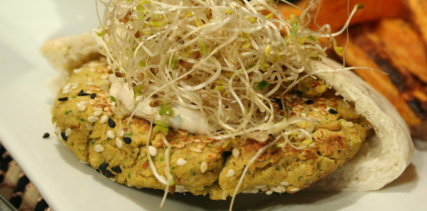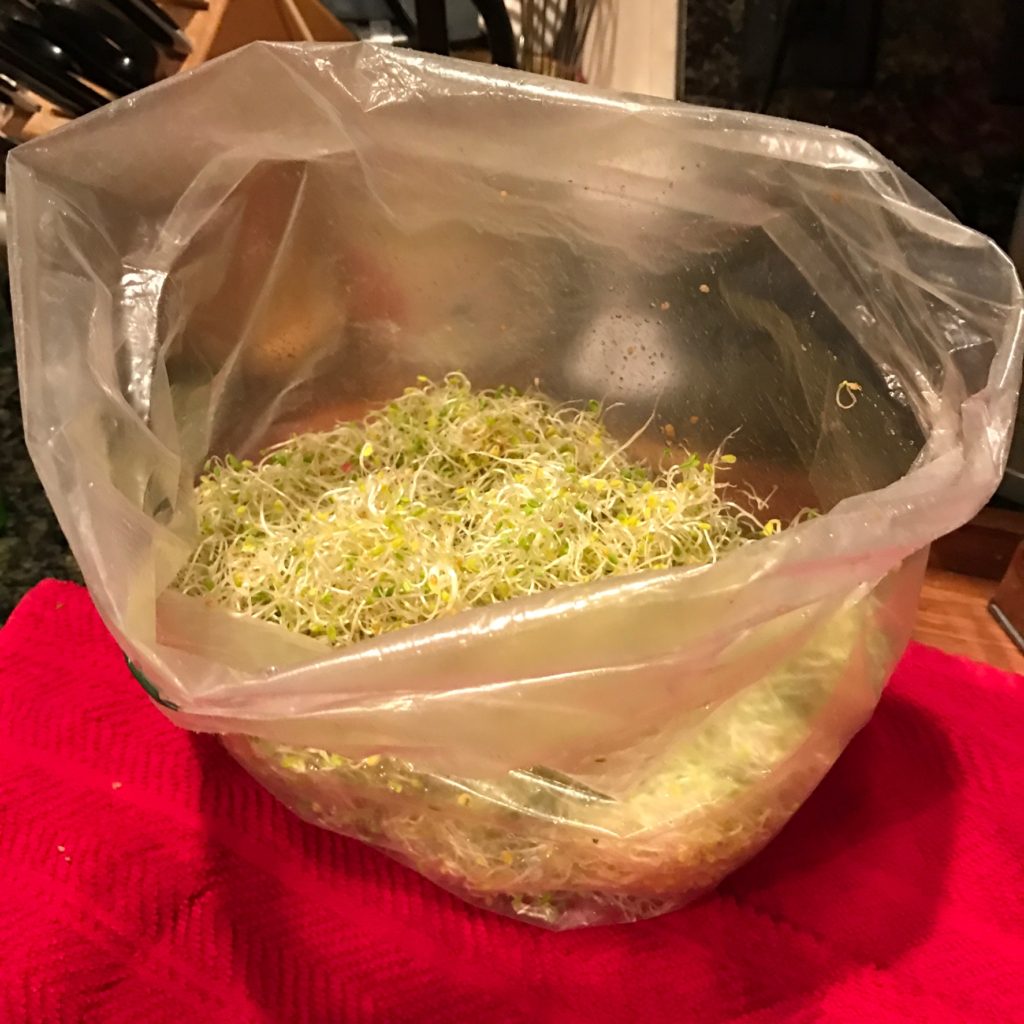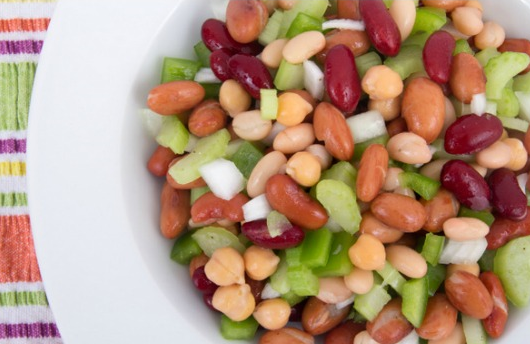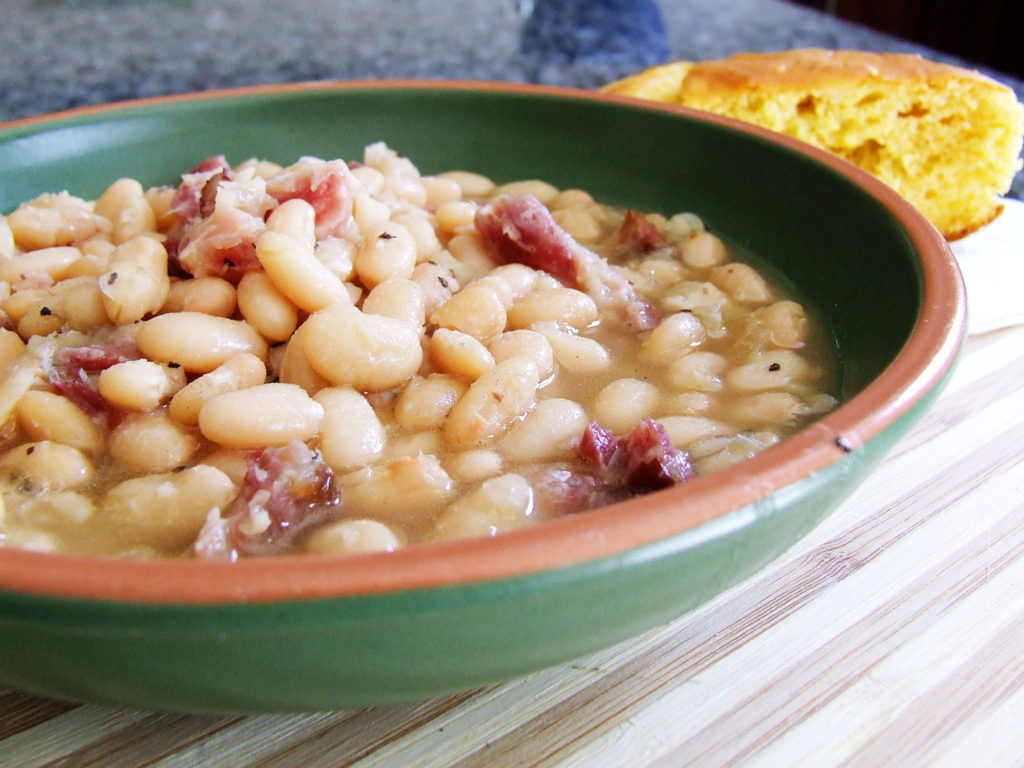Oh the internet. Such a wealth of information, and sometimes, oh so useless. Seeking out good recipes using long term pantry stores is a veritable minefield of annoyances. It’s amazing what some people consider a “pantry meal”. I do a search for some variation of “pantry friendly meals” or “disaster meals” or “emergency food recipes”, and it’s just an overload of mostly unhelpful information. Lots of pages without actual recipes, many pages of recipes that you can make with food bank boxes (and most of them have a staple set for each client that includes some fresh foods), and a whole lot of nonsense.
Result 1 of my search. 7 days of fast, pantry friendly meals. The grocery list follows:
| Fresh Produce – Pears – Apples – Salad greens/lettuce – Avocados – Grapefruit – Limes – Tomatoes – Carrots – Celery – Cucumbers – Onions – Garlic
Fridge – Parmesan – Cheddar cheese – Blue cheese – Fontina cheese – Turkey bacon – Ham or prosciutto – Eggs – Mayo – Hummus – Butter
Freezer – Peas – Spinach
|
Pantry/Staples – Marinated artichokes – Sun-dried tomatoes – Olive oil – Vinegar – Balsamic salad dressing – Tomato soup/squash soup – Canned/jarred salsa – Walnuts – Raisins – Black beans – Dried pasta – Canned tuna
Spices – Curry powder – Dried oregano – Kosher salt and pepper (to taste)
Breads – Whole wheat tortilla – Whole wheat bread – Whole wheat pita |
As many fresh, frozen, and refrigerated products as anything you would store or could make from your stores. Next search, first hit, a whole blog on Pantry Friendly Cooking. First recipe calls for mac and cheese with fresh cheese using a pressure cooker.  Next recipe is a little better, if not so practical. Personalized chocolate Easter eggs. You of course need the mold, and tubed frosting, and 3/4 cup butter (canned butter is so expensive, and I am not sure butter powder would work in candies), but at least all the ingredients are from the pantry. The next recipe I see again calls for a pressure cooker, and includes a head of garlic, 3 bell peppers, a couple onions, chicken breast (raw), fresh asparagus, fresh shrimp, mussels, and lemons. Because it happens to use rice, canned tomatoes and canned chickpeas, its pantry friendly?
Clearly, my definition of a pantry meal is a little different. And its not just these two sites. 9 out of 10 that I have looked at are like this. The 10th either is selling a book with actual LTS recipes, or is a list of foods to have on hand without actual giving recipes other than maybe “oatmeal for breakfast, tuna with crackers for lunch, rice and beans for dinner”.
So I picked up a few second hand books. Apocalypse Chow (be warned, the Robertsons have published at least 3 different disaster meal cookbooks, and there are many repeats between them), Simple Recipes using Food Storage, and 100-Day Pantry. I read some others via Kindle Unlimited.  I’m not linking those; they were almost all universally bad. Poorly edited, clearly not self created recipes, but regurgitating things they found online. People looking to make a few bucks, not credible cookbook authors. Oddly, almost all of them have high reviews. You’ll find 1 or 2 low reviews, usually with the same complaints I voice. They must be creating false accounts, or getting family and friends to buoy the reviews. I can’t account for it otherwise! The one exception for me was “Dinner is in the Jar“. This book provided an excellent walk through on how to make mason jar meals using a vacuum sealer, from long term storage foods, along with add-ons (most of which are also available as pantry staples, like ground beef, or cooked cubed chicken). The author also provides a method for making these meals using mylar bags instead of mason jars.
At any rate, those 4 I linked do provide what I would consider “Pantry Meals”. I can’t say they universally appeal to me. I am not a fan of processed foods. For a short term disaster, I suppose that is one thing, but I can not see feeding my family endless days of canned soups, spaghetti-os, chiles, et all. And I am not buying cream of mushroom/chicken/celery soup. I don’t care how ubiquitous it is in easy pantry meals. It’s repulsive. I want to be able to cook mostly as I do now – meals made from whole foods, not pre-processed items. Of course, this will be more expensive but well, it is what it is.
At any rate, I have been collecting recipes that will work for my family from these sources, although they come in different degrees of pantry-usingness. I have been labeling them as “Pantry Friendly”, which is almost all long term storage items, but might include 1-2 things that you would have on hand during a short term emergency, or if you had a root cellar (such as garlic), and LTS Recipes, which are those that can be made entirely from pantry stores, including freeze dried or dehydrated items.  Many of the recipes that I use now can be converted as well; I just have to figure out how to use dehydrated garlic and onion and such in place of the fresh versions.
LTS Asian Chicken Soup
1 (10- to 15-oz.) can chicken
I (15-oz.) can carrots
1 (15-oz.) can bean sprouts
1 (6-oz.) can mushrooms
1 (14-oz.) can chicken broth
2 oz. fine noodles (3 oz. Ramen noodles are okay)
1 T. onion flakes
1 tsp. garlic flakes
½ tsp. ground ginger
3-4 T. soy sauce
scant 1/2 tsp. apple cider vinegar
Do not drain the vegetables. Combine all ingredients and simmer until noodles are soft. Ramen noodles are not labeled for two years’ storage, so rotate them more often.



 1 can garbanzo beans, drained
1 can garbanzo beans, drained